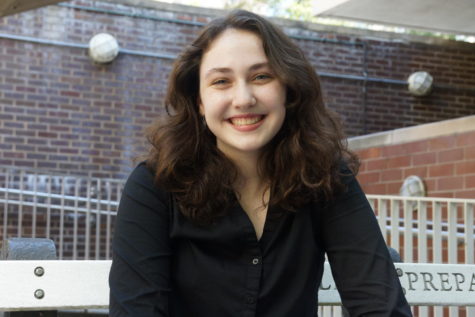No dancing around
How teachers can effectively have the race conversation
Editorial from Volume 6, Issue 1
We recognize that this is a time like none other. Living through a pandemic, seeing the civil unrest unfolding over our nation’s racial inequities, and watching a high-stakes presidential election unfold, we scramble to make sense of it all. From the influx of loaded headlines on our television screens to the constant political theater being portrayed on our handheld screens, this isn’t something we can easily block out. It’s all around us, signaling that now is the moment for change.
Many people are wondering what they can do to help. People have encouraged social distancing and mask-wearing to prevent the spread of COVID-19. Social media users have shared an endless stream of petitions to enact change against racial inequalities and spread awareness about a variety of topics, including the motion to defund the police and the presidential candidates’ platforms, and tirelessly protesting against social justice issues. While this work is remarkable, we need to remind ourselves that this is a movement, not a moment. Too many people’s engagement with activist groups such as Black Lives Matter has significantly decreased. How can we keep this important conversation going beyond the presidential election and beyond 2020?
It starts with school. School is meant to teach students everything they need to know to succeed in today’s modern world. The Jones administration has repeatedly received backlash for their lack of response towards racially insensitive incidents that have happened on campus. During summer LSC meetings, students and alumni have pushed the Jones administration to come up with an effective anti-racism plan. Recently, the school has been implementing part of its anti-racism plan in classrooms and Eagle Labs. While this is a great start, the conversation seems very one-sided. Typically, students of color have been leading these conversations. While it is imperative that we amplify and listen to the voices of students of color, everyone needs to be involved in this conversation. And who better to look to facilitate these conversations than teachers.
We’re all too familiar with the awkward silence surrounding these conversations about race. Students are so careful to be politically correct that they disassociate themselves from the discussion. Teachers can be the ones to help educate students on this topic and guide productive discussions. But first, they have to know how to approach the subject. This is where teacher training comes into place. As a part of professional development training, Jones should further educate teachers on essential terms to the race conversation, such as “microaggressions” and “gaslighting.” Non-BIPOC teachers should also learn how to actively engage in the discussion, but not overpower the words of BIPOC students. Teachers should stress the importance of all students addressing instances of discrimination and emphasize that the discussion about race is one that everyone needs to be involved in. By providing resources to educate non-BIPOC students on how to approach race in society and creating more opportunities to learn about different racial groups, Jones will be moving in the right direction. Students should graduate with the ability to solve a quadratic and be a part of the movement to dismantle oppressive systems in our society. That’s the difference between a moment and a movement.

Fiona is a senior at Jones and this year's co-Editor-in-Chief of the Blueprint. Additionally, Fiona is involved with NHS, NEHS, Girl Up, and Young Democrats...




